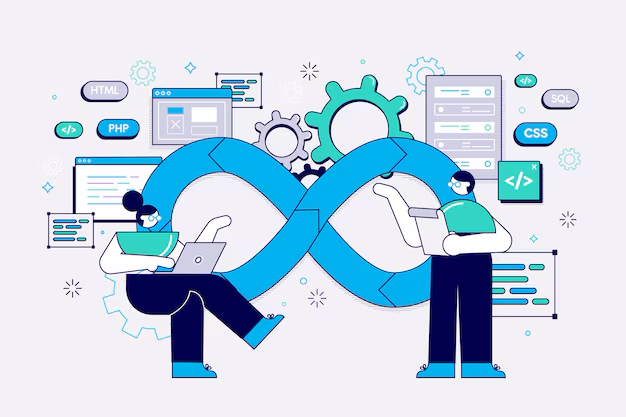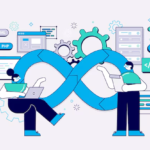
DevOps Best Practices: How to Achieve Continuous Delivery
Continuous Delivery (CD) is a DevOps practice that enables teams to deliver software changes rapidly, reliably, and frequently. The goal of continuous delivery is to ensure that code is always in a deployable state, reducing the time to market and improving software quality. To achieve this, it’s crucial to automate everything that can be automated, including building, testing, deployment, monitoring, and infrastructure management. Automating repetitive tasks reduces manual errors, speeds up processes, and allows teams to focus on delivering value. Tools like Jenkins, GitLab CI, and CircleCI can help set up automated CI/CD pipelines, while infrastructure-as-code tools like Terraform and Ansible enable teams to automate provisioning and configuration management.

Another best practice is adopting a microservices architecture. This approach breaks down applications into smaller, independent services that can be developed, tested, and deployed separately. It allows for faster delivery of new features and easier rollback of changes in case of issues. Moreover, using a microservices architecture enables teams to scale different parts of the application independently, optimizing resource usage and improving performance.
Robust monitoring and logging are also essential for achieving continuous delivery. Implementing comprehensive monitoring and observability practices helps teams detect and resolve issues faster, ensuring that the system remains reliable and performant. Tools like Prometheus, Grafana, and ELK Stack (Elasticsearch, Logstash, Kibana) can provide real-time insights into system health, application performance, and user behavior.









